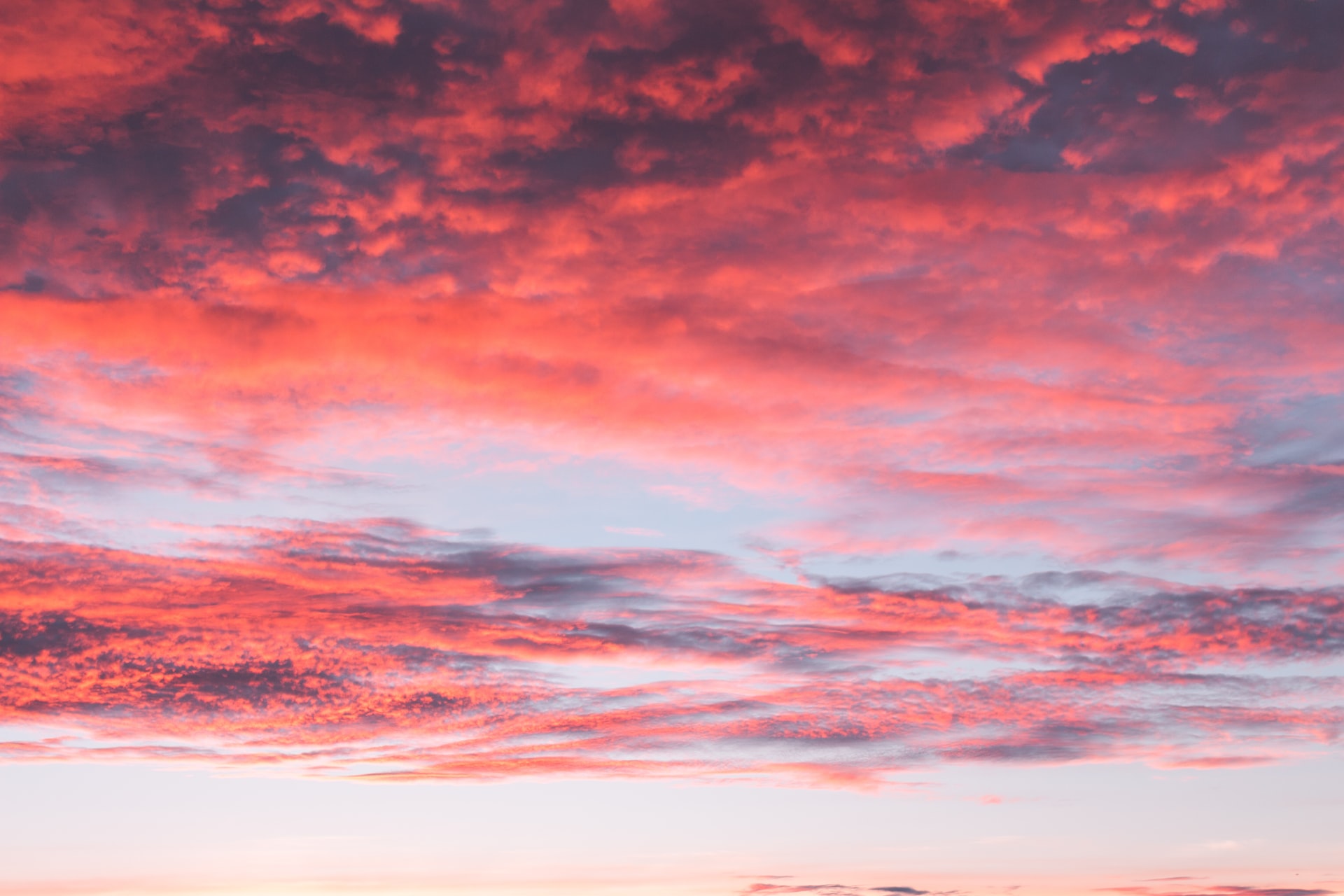
How to Predict Weather for the Best Sunset
We are reader-supported. When you buy through links on our site, we may earn affiliate commission.
For thousands of years, people have used the weather to navigate their environment safely. When American settlers noticed animals building thick burrows, they knew a particularly cold winter was coming. Polynesian navigators read the stars, wind and wave patterns to navigate the ocean before they had a compass.
Today, you can follow this time-honored tradition to predict when you’ll experience a particularly beautiful sunset. Because weather patterns are complicated, these predictions aren’t 100% accurate. However, there are several weather elements you can use to predict the color and vibrancy of the sunset each day.
How Sunsets Work
Regardless of the time of day, the sun is always sending rays of white light toward our planet. During the day, this light is scattered by molecules in Earth’s atmosphere. The color blue has the ideal wavelength for this scattering and therefore is most visible to the human eye.
When the sun gets low during sunrise and sunset, its rays pass through more of the atmosphere. By the time this light reaches human vision, most of the blue light has been scattered and warmer tones are visible instead.
Although sunlight follows this long path every evening, many environmental factors affect whether or not you can see the colors in a sunset. If you know what to look for, you can predict beautiful sunsets with a fair amount of accuracy.
Weather to Watch For
Sunsets are affected by five environmental factors: humidity, pollution, cloud cover, wind and time of year. The right combination of these factors will give you a brilliant sunset. However, if just one of these factors is off, it can ruin the overall effect as the sun goes down. Here are five factors to help you predict a gorgeous sunset:
- Humidity
Humidity refers to the amount of moisture in the air. When humidity is high, the weather will feel warmer. This is because water droplets in the air make it difficult for sweat to evaporate and cool you down. In addition to being uncomfortable, high humidity can also ruin sunsets.
High water content in the air dulls the colors of a sunset. In places where the air is clean – like a National Park, for instance – this might not be so bad. However, water vapor will react with any contamination in the air to produce haze and block the light.
- Pollution
Some people believe that pollution enhances sunsets. If you like haze and a foggy effect, that’s true. However, most kinds of air pollution absorb or scatter light. This means that contamination in the air can smudge and dull the color of sunsets.
You will notice a big difference between sunsets in a major city and those far away from air pollution. Gorgeous, vibrant color is easier to see and enjoy when the air is clean. If you live in a major city with poor air quality, the best sunsets will be visible after a big storm reduces air pollution in your area.
- Clouds
Cloud cover also plays an important role in creating beautiful sunsets. High to mid-level clouds catch the red and purple tones in a sunset, while lower-level clouds tend to be orange and golden. Clouds are essentially water vapor that enhances the sunset by reflecting and diffusing the light.
If there are too many clouds, you won’t be able to see the horizon or light radiating across the sky. However, sunsets without any clouds tend to be a golden glow with minimal color or interest. A 30-60% of cloud cover is generally best for beautiful, visually interesting sunsets.
- Wind
The wind in your area will also affect the quality of sunsets. Like cloud cover, some wind is better than none. Wind can reduce air pollution and keep clouds moving so that the light changes over time. However, too much wind can actually send dirt and other small particles into the air.
Too much wind can also drive valuable cloud formations away. You’ll notice that low cloud cover moves much faster than high cloud cover. As long as high-level clouds are moving slowly, you should have enough cloud cover to get a gorgeous sunset.
- Season
In the northeastern United States, the best sunsets tend to happen in the winter and fall. That’s because these seasons automatically meet many of the requirements mentioned above – humidity is low so the air stays cleaner and sunset colors appear brighter.
In the spring and summer, high humidity can interfere with vibrant sunsets. Winds are also stronger in the fall, blowing away pollution in the air. Changes in temperature also affect cloud cover – water vapor is more likely to condense into interesting clouds during the cold part of the year.
Learn to Predict Sunsets
You can use these five environmental factors to predict when the next beautiful sunset will happen where you live. Weather predictions are never 100% accurate, but these tips can help you make a very good guess. With practice, you can become skilled at predicting beautiful sunsets based on the weather.
The next time you want to watch the sunset, double-check these factors to decide if you should make the trip. The most beautiful sunsets are visible when several different environmental factors line up. When you see a particularly beautiful sky, make time to appreciate it and find wonderful weather for the best sunset.
Share on
Like what you read? Join other Environment.co readers!
Get the latest updates on our planet by subscribing to the Environment.co newsletter!
About the author

Jane Marsh
Starting from an early age, Jane Marsh loved all animals and became a budding environmentalist. Now, Jane works as the Editor-in-Chief of Environment.co where she covers topics related to climate policy, renewable energy, the food industry, and more.





